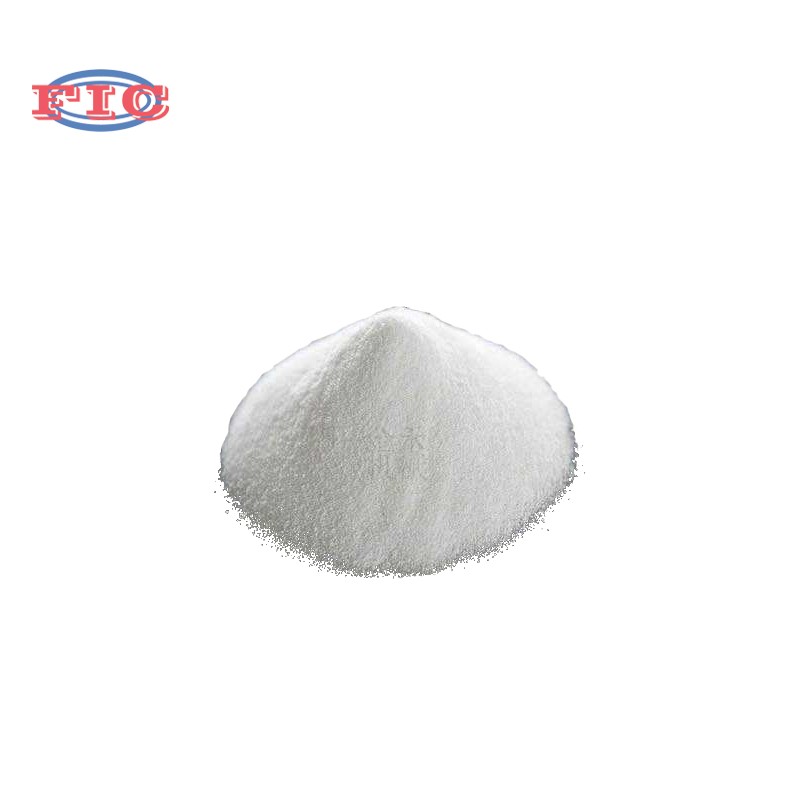Maltodekstrinin gıda endüstrisindeki uygulamaları

Application of Maltodextrin
Preface
Maltodextrin, also known as water-soluble or enzymatic coldness. It is made of all kinds of starch as raw materials, by the enzymatic process to a low degree of control hydrolysis conversion, purification, drying. The raw materials are starchy corn, rice and so on. Can also be refined starch, such as corn starch, wheat starch, Tapioca Starch. At present, the malting and finishing products produced in our country are all made of corn, rice and so on by enzymatic process.
In 1970 Veberbacher defined Maltodextrin as: a product made of starch with a controlled hydrolysis of less than 20% of the DE is called Malt and essence. The United States as a raw material for the hydrolysis of Corn Starch, obtained by spray drying carbohydrates product named “Malrin” (Malrin), the value of its series of products from 5% to 20 %, the product specifications referred to as MD50, MD100, MD150, MD200 and so on.
Application of maltodextrin
Due to the unique physical and chemical properties of maltodextrin, they are widely used in the food industry. In recent years there has been an increase in the number and variety of malts and concentrates, which has contributed to the development of the food industry.
Maltodextrin characteristics
The main characteristics of maltodextrin are directly related to the hydrolysis rate (DE Value), so the DE value not only indicates the degree of Hydrolysis but also is an important index to control the product properties. Understanding the relationship between DE value and physical properties of malts and finishing products is beneficial to proper selection and application of malts and finishing products.
When the DE value of maltodextrin is 4%-6 %, the sugar composition is all bigger than tetrasaccharide, when the DE value is 9%-12 %, the proportion of low molecular carbohydrate is less, but high molecular carbohydrate is more. Therefore, this kind of products without sweet taste, not easy to damp, hard to Brown. When the DE value is between 13% and 17 %, it is lower in sweetness, humidity, ratio of reducing sugar, Browning and solubility. When the DE value is 18%-22 %, it has a sweet taste, moisture absorption, proper ratio of reducing sugar, Browning reaction and good solubility. Use in food, won’t produce the effect that raises viscosity.
Application of maltodextrin
The major difference between enzymatic and acid Maltodextrin is that they do not precipitate long-chain amylose, thus no white precipitate is produced, greatly increasing the commercial value of Malt and malt.
ENZYMATIC Maltodextrin sinks rapidly in water, fall to the bottom and gradually move up and down, dissolve slightly less sugar, but are better hydrated. Once water is absorbed, the ability to retain water is strong. This is an important feature of Maltodextrin that is often used.
The appearance of Maltodextrin products is white, non-crystalline, and the main properties are good fluidity, no peculiar smell, good solubility, proper viscosity, heat resistance, non-browning, low hygroscopicity, non-agglomerate, even in concentrated conditions It is a good carrier for all kinds of sweetener, flavouring agent and filling agent. It also has good emulsifying and thickening effect Good film-forming performance can prevent the product from deformation and improve the appearance of the product. It is easy to be digested and absorbed by Human Body It has a good stabilizing effect on foams of food and beverage, good acid-resisting and salt-resisting properties, inhibiting the crystal of crystalline sugar, the remarkable function of sand-resisting and closing-resisting.
CHARACTERISTICS OF MALTODEXTRIN PRODUCTION
Maltodextrin is made from starch by enzymatic hydrolysis. Starch is a carbohydrate made up of many glucose molecules, most of which are linked by A-(L, 4) bonds and a few by a-(1,6) bonds. The hydrolysis of starch catalyzed by thermostable A-amylase is highly specific. That is, only in a certain way in a certain type of hydrolysis and a certain part of the specific properties of glycosidic bonds, hydrolysis only starch, do not decompose protein, cellulose and so on. So Malt and rice are used as raw material, hydrolyze and liquefy, decolourize, filter, ion exchange, vacuum condense and spray dry. The latter part of the production of milk powder such as vacuum concentration, spray drying and the current milk powder production process is the same. The production of Maltodextrin is that 50-60% sugar solution is concentrated at about 60 °C by high-pressure pump (pressure is 13-17 MPA / cm2) , and then contact with 140-150 °C hot air in the drying tower. After drying, the powder product with a moisture content below 6% is obtained The apparent density is less than 0.5 g / cm 3. It is easy to disperse and dissolve when exposed to water.











